#theodore géricault
Text
100+ Famous Modern Art Artists of All Time

2/8/2024
♦ Framed Poster Print
♦ Canvas Print
♦ Metal Print
♦ Acrylic Print
♦ Wood Prints
🌐 Worldwide shipping
#alberto giacometti#john constable#jacques louis david#giorgione#arshile gorky#pieter bruegel#simone martini#franz marc#theodore géricault#william hogarth#camille corot#georges braque#berthe morisot#james whistler#Frederic Edwin Church#georges de la tour#Élisabeth Louise Vigée Le Brun#cimabue#dante gabriel rossetti
4 notes
·
View notes
Text
Théodore Géricault.(1791‐1824) 🖼Self-Portrait as a dying man (c.1824; Paris, France) oil on panel

0 notes
Text

Théodore Géricault (1791-1824)
"Nu Masculino"
Romanticism
#paintings#art#artwork#genre painting#male portrait#théodore géricault#theodore gericault#fine art#romanticism#romantic movement#french artist#portrait of a male#male nude#male figure#early 1800s#early 19th century
192 notes
·
View notes
Text
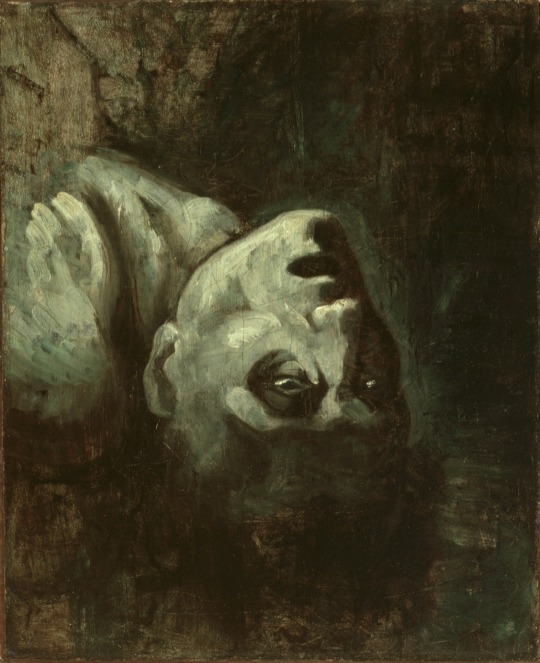
The Head of Drowned Man, 1819
Théodore Géricault notoriously painted straight from life, sketching and painting a human figure as he saw it.
16 notes
·
View notes
Photo

Jean-Louis André Théodore Géricault (French, 1791-1824)
Torse d’homme de profil, le bras droit levé, 1812
#jean louis andre theodore gericault#Théodore Géricault#theodore gericault#art#fine art#classical art#torso of a man in profile#european#brunette#male portrait#french#france#european art
133 notes
·
View notes
Text
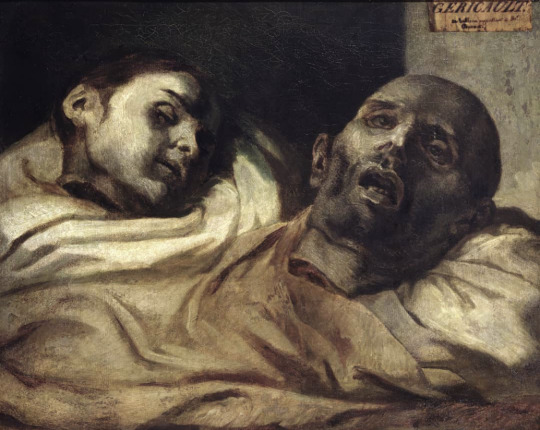
The Severed Heads, Théodore Géricault, c. 1810
#theodore gericault#théodore géricault#dark art#body horror#morbid#gore art#severed heads#1800s art#ik this has prolly been posted but#i wouldnt be a dark art blog wo it#french art
10 notes
·
View notes
Text

Theodore Géricault Portrait of Zoe Elmore ca. 1821
26 notes
·
View notes
Note
Requesting your art historian skills for recommendations for more dark or strange paintings? Or artists to look into. If you have time obviously!
Of course!! I'm assuming you're referring Fall of the Rebel Angels that I reblogged, so definitely Pieter Bruegel the Elder. Other Dutch and Flemish artists of the Northern Renaissance like Bosch (of The Garden of Earthly Delights fame) often had a selection of very surreal, unsettling, and fantastical works, but it'll be hit or miss.
I would urge you to look at some of the Romantic painters as well, specifically Géricault for all your corpse study needs and Goya, for his Black Paintings in particular.
El Greco and Pontormo were Mannerists, and while not the intention of the style, I personally find Mannerism to be very uncanny and almost liminal in its strange colors and distortions of perspective and anatomy. It's especially prominent in those two artists.
Also not intentionally "creepy" but sometimes giving that unsettling, uncanny vibe is a LOT of late medieval art, particularly French and German. Cathedral facades depicting Hell and Judgement, medieval pieta sculpture, the Man of Sorrows (there's some excellent Renaissance art of this subject too), and even some manuscripts like the Codex Gigas/Devil’s Bible.
I'm far from well-versed on contemporary art, but Giovanni Gasparro has some very graphic, almost body horror-esque takes on Biblical subject matter in a sort of neo-Baroque style as well.
Some of my favorite weird paintings under the cut (mostly Catholics being creepy):
The Röttgen Pietà

-
Anatomical Pieces and Head of a Guillotined Man by Theodore Géricault
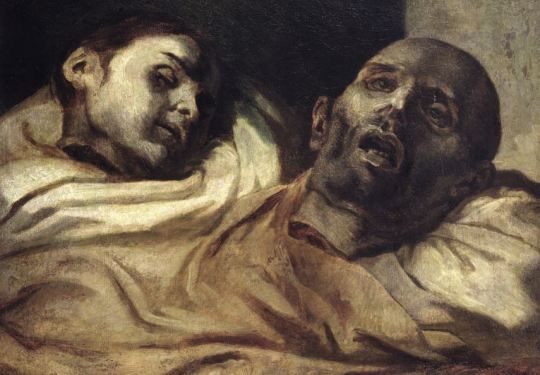

-
Portrait of the Devil (Codex Gigas)
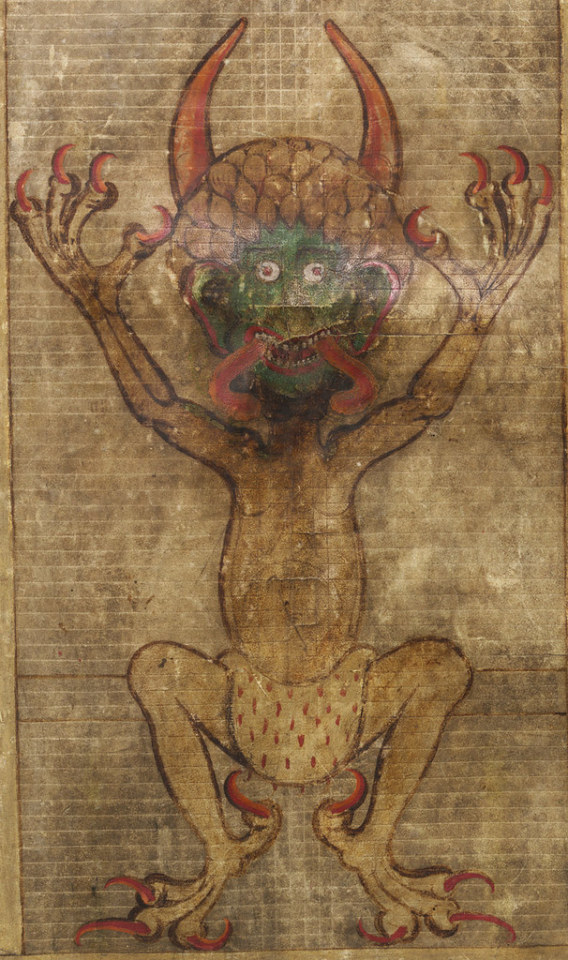
-
The Man of Sorrows by Aelbrecht Bouts

-
The Witches' Sabbath and The Witches' Flight by Francisco Goya


-
Dante and Virgil by William-Adolphe Bouguereau

-
Hell by Hieronymous Bosch

-
Jesus and Barrabas by Giovanni Gasparro

3 notes
·
View notes
Text
Theodore Géricault, Le Radeau de la Méduse, 1818-19.

1 note
·
View note
Text
Théodore Géricault The Raft of the Medusa

Which brings us to our fifth and final stop! It is now in 1818 France and we are in the studio of Théodore Géricault. Géricault was the creator of The Raft of the Medusa, which was based on a tragic event. The Medusa was a french ship that was carrying french colonists to Senegal, it tragically sunk after the captain, who was a political appointee, was incompetent. As the ship sank the captain and the crew took the lifeboats first and left the rest of the 149 passengers to create a makeshift raft which was left by the captain and crew to drift in the ocean. The people on the raft were left for 12 days with no food or water and when they were finally rescued only 15 people had survived. This event had sparked outrage in France as the French government delayed sending a rescue ship, had they sent one earlier, many more people would have survived. So what about this painting and Géricault make this a prime piece of Romantic art? As said before Romantic art was a reaction to the enlightenment philosophies of rational and scientific truth coming back to show the emotion and to provoke emotion. In this specific case Géricault went to interview the 15 survivors who told a harrowing story of cannibalism, starvation, and madness. He also strapped himself to a ship during a storm to attempt to experience some of the terror that the people on the raft experienced as well as studying the dead bodies in the morgue. This turned into one of his best masterpieces The Raft of the Medusa. In this painting you can visually see the suffering of the people on the raft, the contorted naked bodies of the dead amplify the desperate scene of survival and terror of those on the raft. SO how is this also influenced by Enlightenment ideals? Although The Raft of the Medusa showed emotional turmoil, which was a contrast to the scientific rational thinking of Enlightenment, the romanticism movement heavily emphasized the individual right to liberty and the devotion to nature. Romanticism was also a political reaction to the French revolution in a similar way that the Enlightenment was. The romantic period was an inevitable product of the Enlightenment period as it brought a balance between the rational of science and the experience of human emotion.
Sources
Gericault, Theodore. The Raft of the Medusa. 1818-1819. Oil on canvas. 329.8 x 424.8 cm. Louvre, Paris. Accessed July 13, 2022. https://www.louvre.fr/en/explore/the-palace/think-big
Jowell, Frances. The Burlington Magazine 125, no. 969 (1983): 770–71. http://www.jstor.org/stable/881359
0 notes
Photo

Théodore Géricault (French ,1791 - 1824)
Spanish horse in a stable
50 notes
·
View notes
Photo

Théodore Géricault - “The Kiss”, ca. 1816 - 1817
224 notes
·
View notes
Text

'With the brush we merely tint, while the imagination alone produces colour' ~Theodore Géricault
0 notes
Text

Théodore Géricault (1791-1824)
"Study of the Model Joseph" (1818-1819)
Romanticism
Oil on canvas
Located in the Getty Museum, Los Angeles, California, United States
This portrait was made as a study for Théodore Géricault's most famous painting, "The Raft of the Medusa" (1819). In a clear case of ineptitude, the ship named Medusa foundered in the sea off the coast of Africa in 1816; a raft with 140 passengers drifted for thirteen days before being rescued; only fifteen people survived. In preparation for his disturbing and controversial painting of the incident, Géricault made many studies from life, like this one, to achieve a sense of realism and specificity.
#paintings#art#artwork#genre painting#male portrait#théodore géricault#theodore gericault#oil on canvas#fine art#romanticism#romantic movement#getty museum#art gallery#french artist#portrait of a man#history#clothing#clothes#black man#brown eyes#1810s#early 1800s#early 19th century
453 notes
·
View notes
Photo

Nude Warrior with Spear, 1816
Théodore Géricault (Jean-Louis André Théodore Géricault) (French. 1791-1824)
oil on canvas
#nude warrior with spear#1800s#1816#19th century#19th century art#oil on canvas#u#jean louis andre theodore gericault#painting#Théodore Géricault#male painting#fav male painting
53 notes
·
View notes
Text
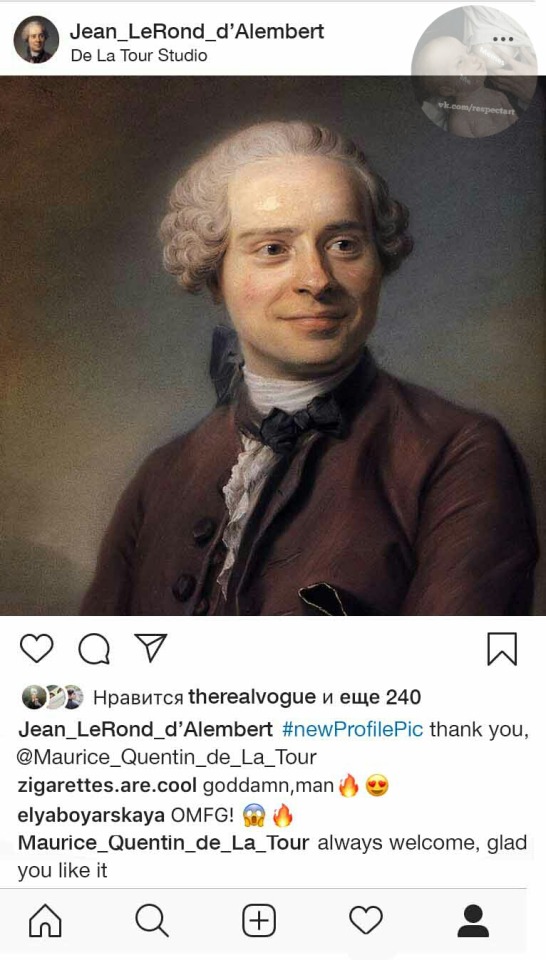




When you're an art historian
Created by @leah-demarco , me and one friend of ours who's not on tumblr :)
#learn art history by memes#maurice quentin de la tour#william hogarth#theodore gericault#théodore géricault#eugene delacroix#eugène delacroix#jean auguste dominique ingres#edouard manet#édouard manet#18th century#19th century#art history#french art#british art
10 notes
·
View notes